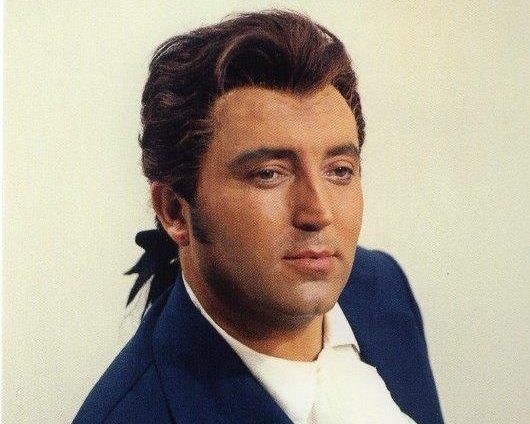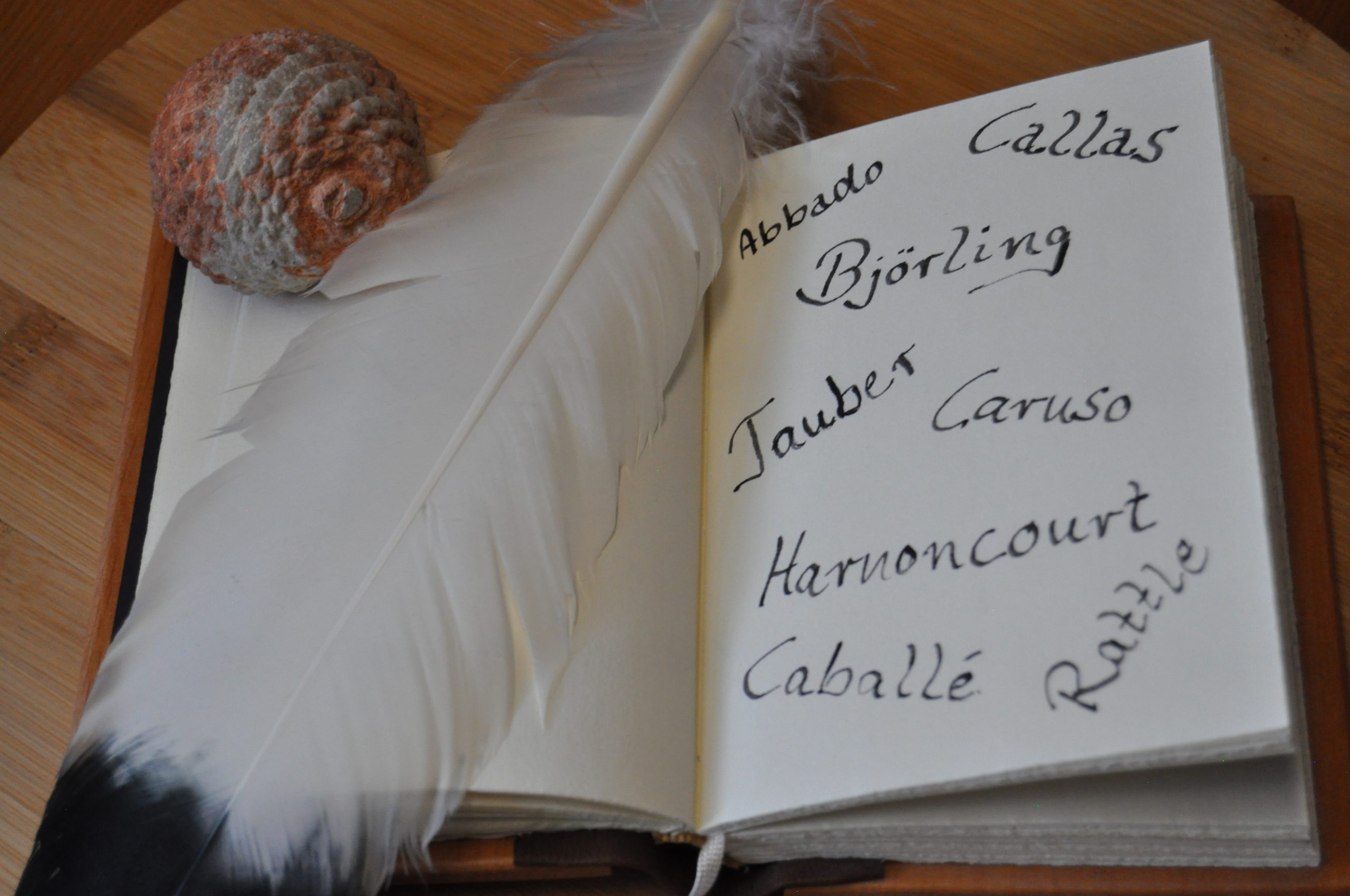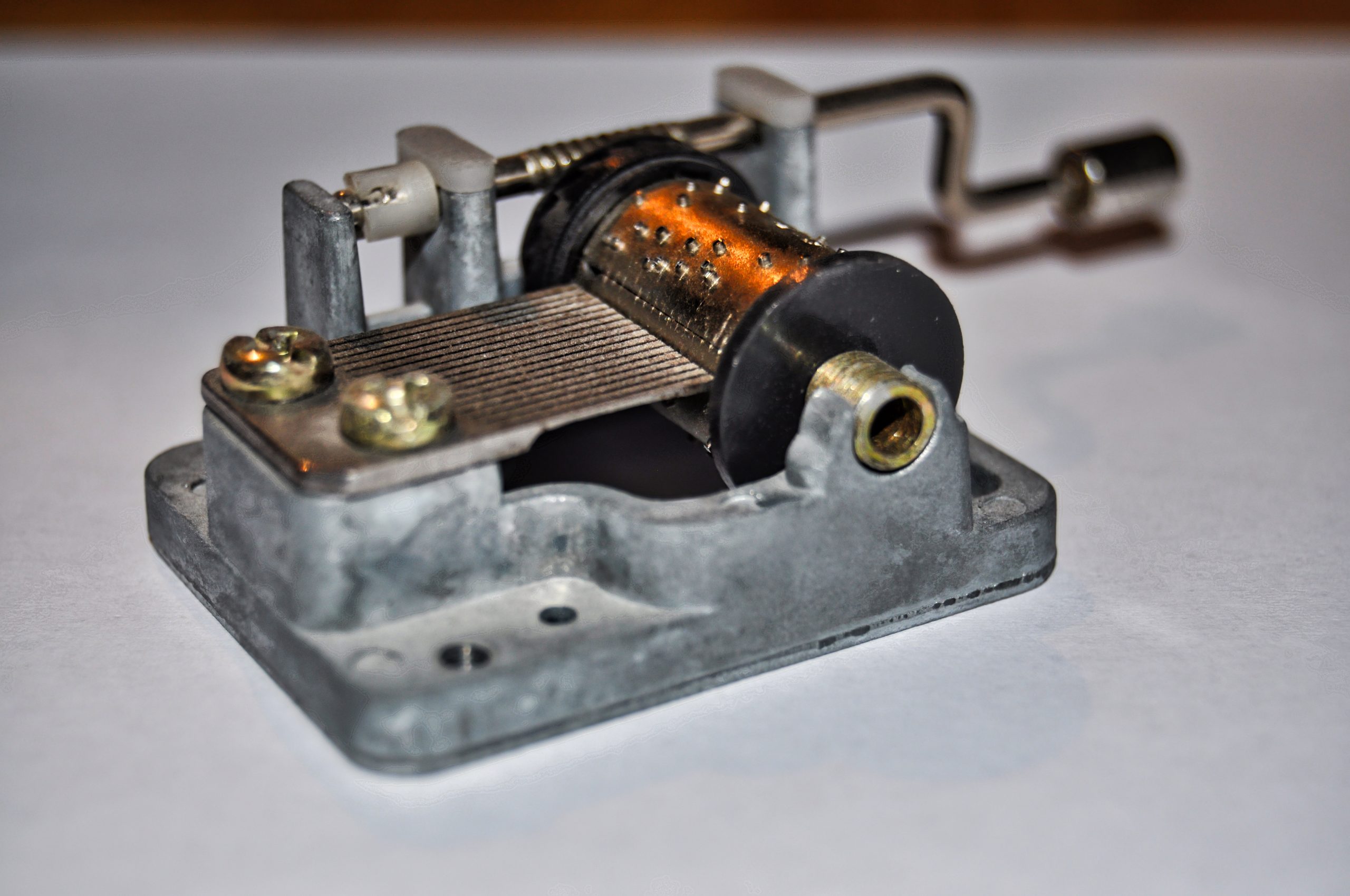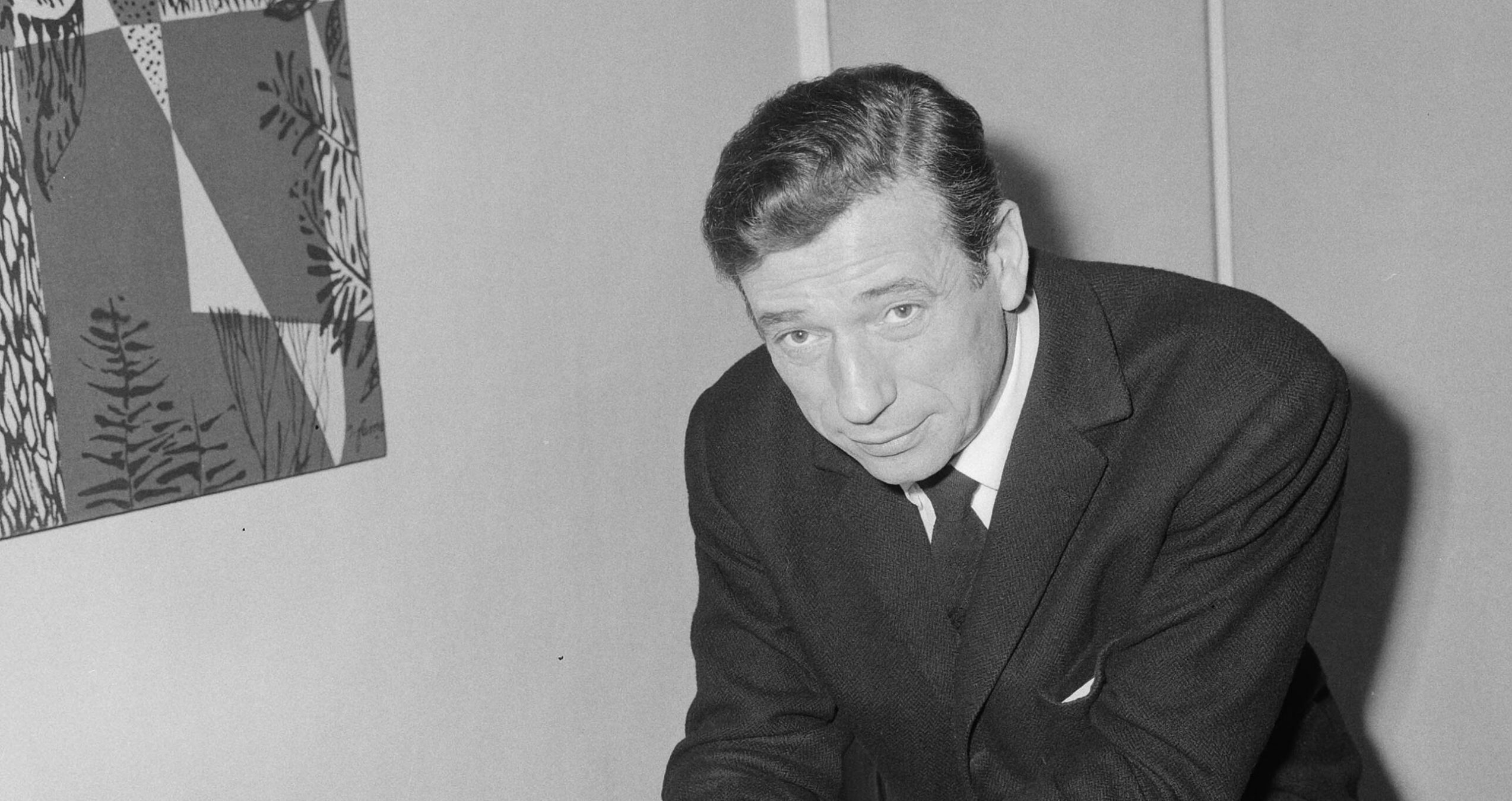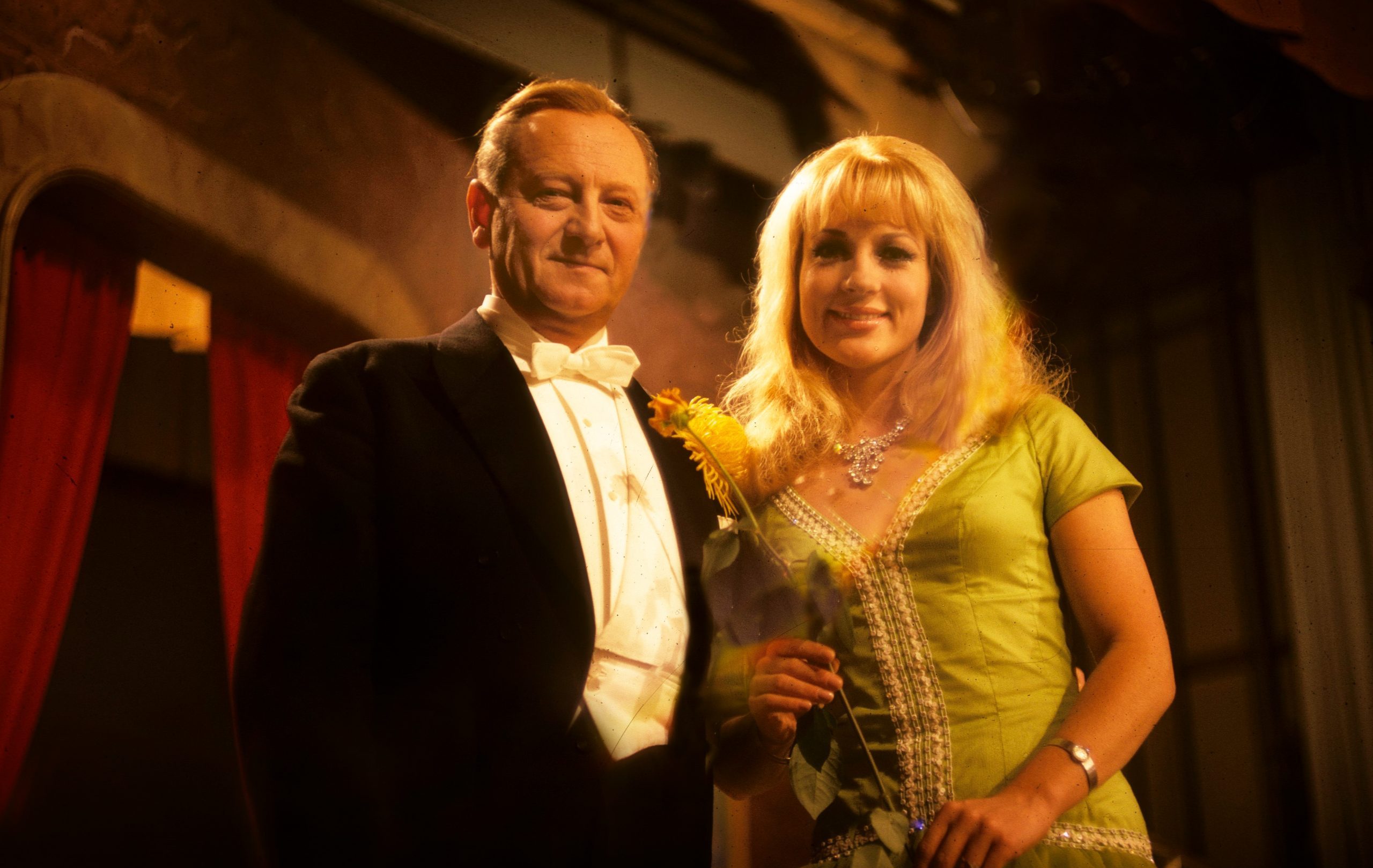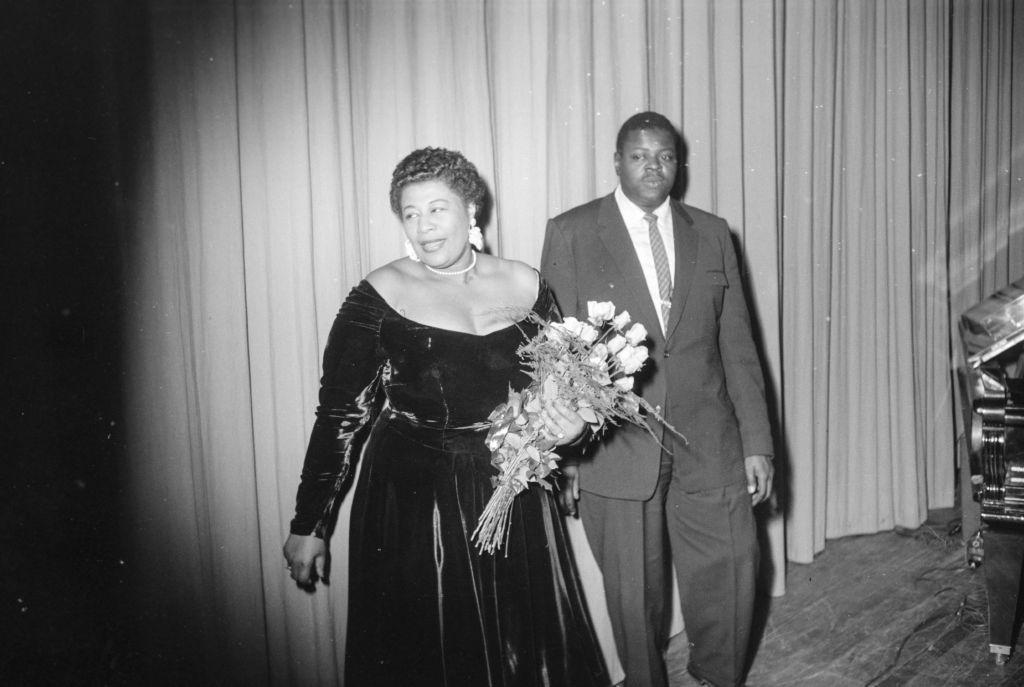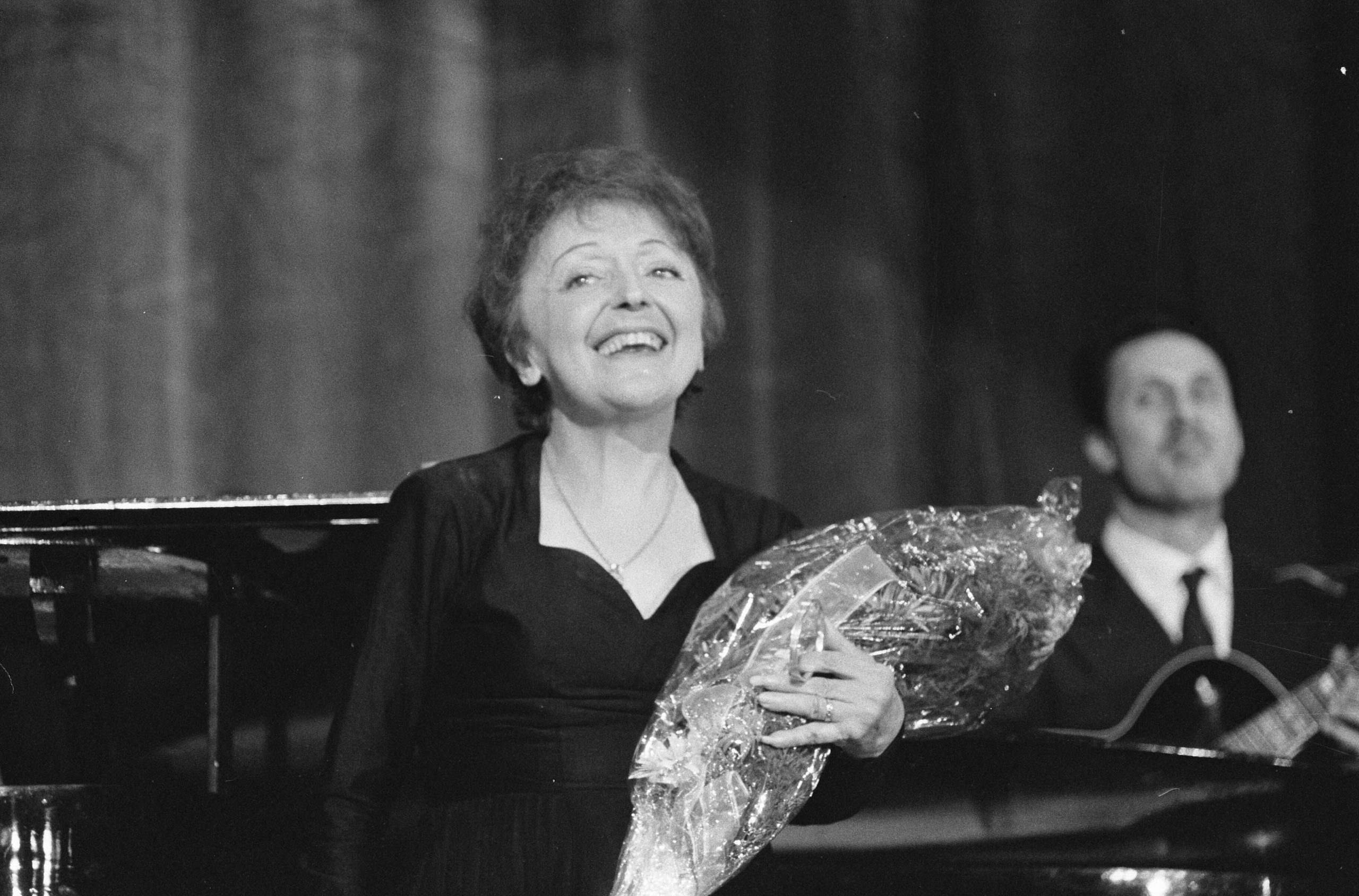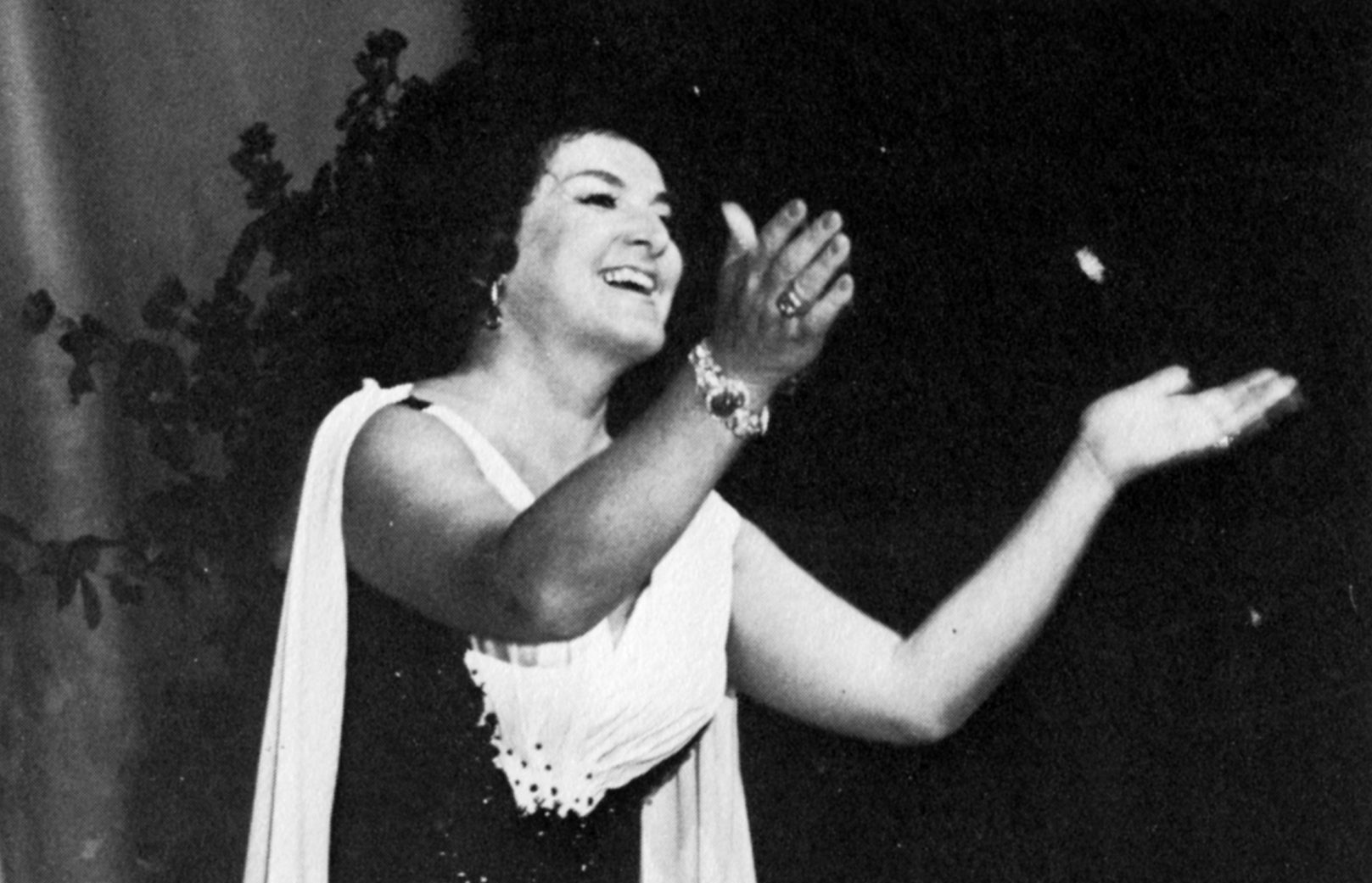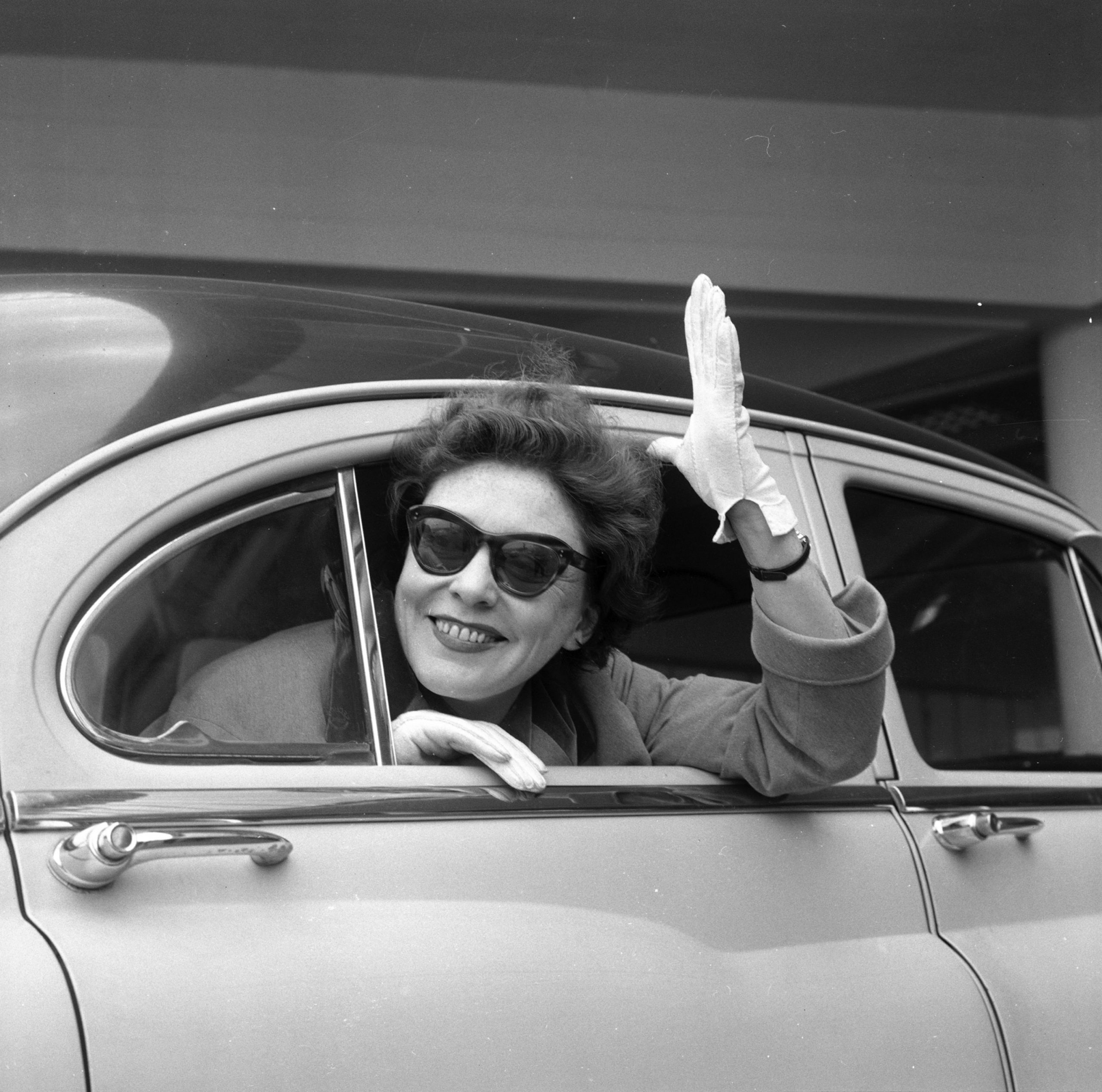It all started in Omaha, Nebraska: Fred Astaire, whose real name was Frederick Austerlitz, was born there in 1899. His mother was the daughter of German parents, his father had Austrian roots. Together with his sister Adele, Fred developed a penchant for the poetry of the foot – the art of dancing – at an early age. In their hometown of Omaha, the two siblings quickly advanced to become local celebrities – it wasn’t long before their parents began to think seriously about how their two children could turn their hobby into a profession…
New York
The Austerlitz family decided that if their two children were to become professional dancers, there was only one place they could go: New York. In the early 20th century, there was no better place for aspiring entertainers. Broadway and the strong vaudeville scene were the breeding ground for a successful career as an entertainer. The mother accompanied her children to New York, while the father stayed at home in Nebraska and provided the financing for his children’s dance education.
Fame on both sides of the Atlantic
On November 28, 1917, Adele and Fred Astaire performed on Broadway for the first time: The play Over the Top became a hit and manifested the status of Adele and Fred Astaire, who by now had learned to earn a living with their talent. The play Over the Top was performed a total of 78 times.
Their success with Over the Top was the ticket to another world: in the twenties, the Astaires celebrated fame on both sides of the Atlantic, in London as well as in New York. The duo enjoyed particular success with the musical Lady, Be Good, with music by George and Ira Gershwin.
Understatement
The critics were always stating that Adele Astaire was the center of attention – often her brother was only mentioned as a side note. That’s why Fred Astaire was looking for something that would allow him to shine as well: That’s how he got into tap dancing. Already at this point, the public noticed that Fred did not care to stand out with his dancing: His tap dancing was an understatement. The audience was amazed at the light-footedness with which Fred Astaire glided across the stage – often only the most accomplished dancer himself knew how difficult it was to make tap dancing look so effortless.
Fred Astaire was no longer just a dancer: he designed dances himself and took part in the creation of the Gershwin musical Lady, Be Good. He learned to play the piano in London, together with his friend Noël Coward.
When his sister Adele married an English aristocrat in 1932, the Astaire duo disbanded: It was a tough transition for Fred, but he took the opportunity to continue his career on his own.
Breakthrough on the silver screen
In the thirties, there was only one medium that could reach people better than Broadway: the cinema. In 1933, Fred Astaire made his big screen debut with the musical Dancing Lady – the film was a huge success.
At that time, Astaire was under contract with RKO Radio Pictures, which lent him to MGM Studios for his debut film. Fred Astaire did not yet star in the film: the stars of the film were Joan Crawford and Clark Gable.
After his sister Adele retired from the stage, Fred no longer had a dance partner – a bitter loss for him. But he who seeks, finds…
In the same year he found what he was looking for and at the same time achieved his breakthrough in cinema: In Flying Down to Rio (1933) Fred Astaire played alongside Ginger Rogers for the first time.
Ginger Rogers and Fred Astaire
The duo Fred Astaire and Ginger Rogers became one of the most successful film duos in Hollywood history: the two made a total of nine films together between 1933 and 1938. These films cemented RKO Studios’ status as one of the most influential film studios – the Rogers-Astaire pair was the drawing card par excellence for RKO Studios.
Astaire’s contract gave him a percentage of the profits from each film – something that was highly unusual at the time.
Blue Skies
In 1939 Fred Astaire decided to leave RKO Studios and from then on choose his own film projects. The highlight of his activity as a film actor without ties to a studio was Blue Skies (1946): Fred Astaire’s performance of the song Puttin’ On The Ritz remains unforgotten to this day. With Bing Crosby in another leading role, the film Blue Skies was a great success.
Fred Astaire originally intended to retire after Blue Skies and not participate in any more films. He had chosen Puttin’ On The Ritz as his farewell dance.
No retirement after all?
His plan to retire did not work out: Nevertheless, the 1946 film Blue Skies marked a caesura in Fred Astaire’s career. Along Judy Garland and Audrey Hepburn, Astaire still played some dance roles in the late forties and early fifties, but not with the same success as before. In addition, the film world had changed after the Second World War: Musical films lost more and more popularity.
Finally, at the end of the fifties, Astaire announced that he no longer wanted to make dance films: At that point, Astaire had appeared in 30 musical films in 25 years.
Until shortly before his death, Fred Astaire remained active as an actor: he took roles in various television series and films, and in 1974 he was even nominated once for an Oscar for the film The Towering Inferno.
As early as 1947, Fred Astaire founded the Fred Astaire Dancing Studios, today an international chain of dance studios.
Fashion icon and the biopic
Next to Cary Grant, Fred Astaire was considered the best-dressed actor in Hollywood films – and he remained a fashion icon well into his later years.
During his lifetime, there were repeated offers to Fred Astaire to make a film about is life. Fred Astaire decreed in his will that there should never be a biopic about him.
Fred Astaire died at the age of 88 on June 22, 1987. To this day, he remains one of the most influential dancers ever: his influences reach into today’s music world. For example, pop singer and dancer Michael Jackson dedicated his memoirs to Fred Astaire, calling Astaire his greatest role model.
Main sources: Levinson, Peter J.: “Puttin‘ On The Ritz – Fred Astaire and the fine art of panache“, St. Martin’s Press New York & the English and German Wikipedia article on Fred Astaire

 Deutsch
Deutsch
